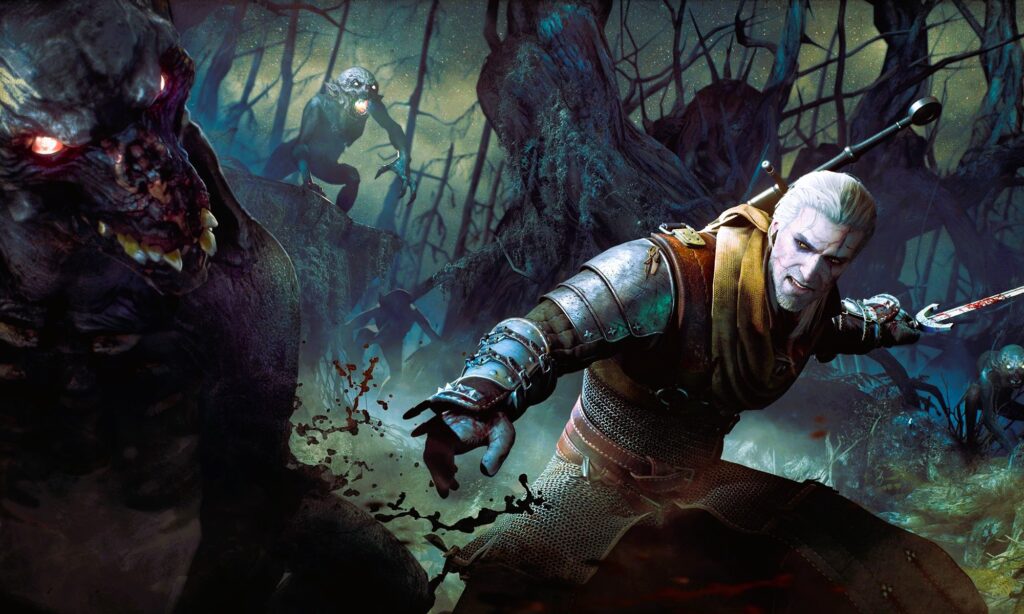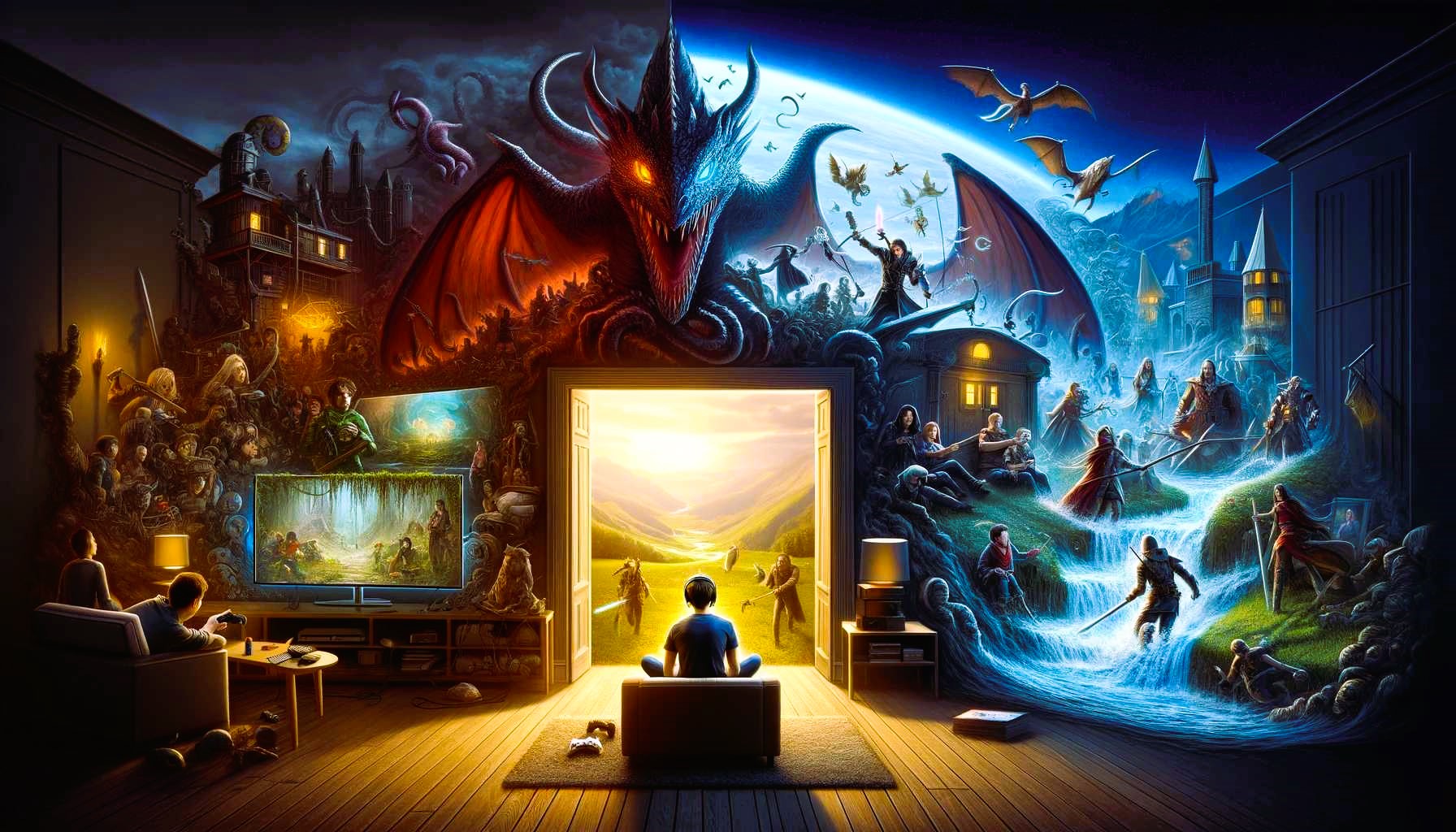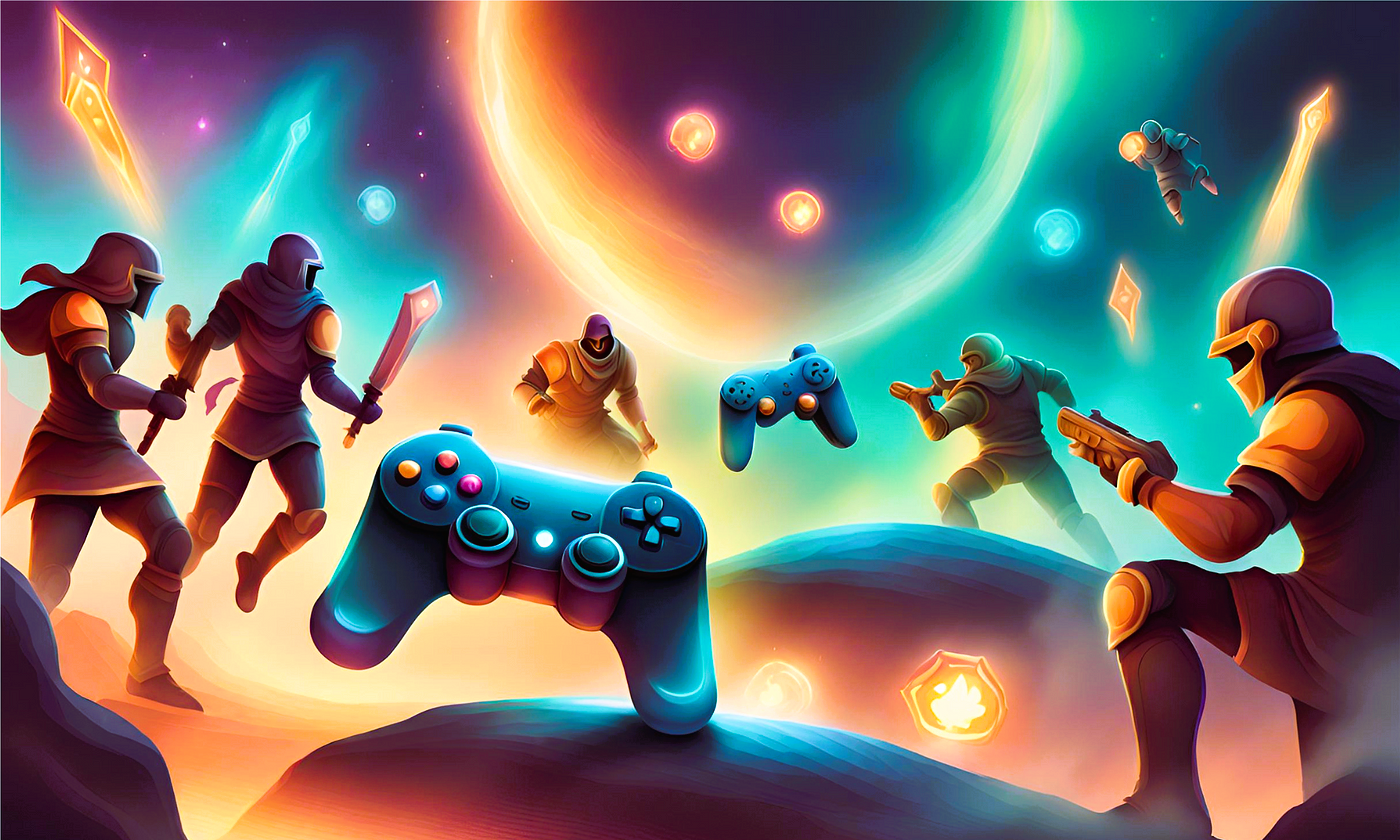Storytelling has become one of the most vital aspects of modern video games, elevating the medium to an art form capable of delivering deeply emotional, immersive, and memorable experiences. From linear narratives to dynamic, player-driven stories, video games now rival films and literature in their ability to engage audiences. Let’s explore how storytelling has evolved in gaming, its significance, and its future potential.
1. The Evolution of Storytelling in Video Games
The role of storytelling in video games has undergone a remarkable transformation. In the early days of gaming, narratives were often secondary, limited by technological constraints and focused on simple objectives. Games like Pac-Man and Space Invaders were more about gameplay mechanics than plot.
The introduction of text-based adventures, such as Zork (1980), marked the first significant step towards integrating storytelling. These games invited players to imagine rich worlds and characters through descriptive prose, paving the way for more complex narratives in later years.
By the 1990s, technological advancements allowed for deeper storytelling. Titles like Final Fantasy VII and The Legend of Zelda: Ocarina of Time used cutscenes, character development, and overarching plots to create emotionally impactful experiences. Learn more about the history of storytelling in games on Wikipedia.
2. Why Storytelling Matters in Modern Games

Storytelling is not just an embellishment in modern video games—it is often central to the experience. Players seek narratives that resonate with them, adding layers of depth to the gameplay.
Immersion and Emotional Engagement
A well-crafted story immerses players in the game world, making their actions feel meaningful. Games like The Last of Us and Red Dead Redemption 2 have set benchmarks in emotional storytelling, exploring themes of love, loss, and redemption. How do video games use AI to create smarter, more immersive experiences? We answer that in detail in this article.
Player Agency
Unlike films or books, video games allow players to actively shape the story. Player choices in games like Mass Effect and The Witcher 3: Wild Hunt directly influence character fates and world events, creating a deeply personalized experience.
Building Connections
Narratives help players connect with characters and the world. Memorable protagonists like Kratos (God of War) or Aloy (Horizon Zero Dawn) leave lasting impressions because their journeys feel authentic and relatable.
3. Types of Storytelling in Video Games
Modern video games employ a variety of storytelling methods to captivate players.
Linear Narratives
These stories follow a fixed progression, guiding players through a predetermined plot. Games like Uncharted and Bioshock excel in delivering cinematic, tightly woven narratives.
Branching Narratives
Branching narratives allow players to make choices that impact the story. Games such as Detroit: Become Human and Life is Strange showcase how player decisions lead to multiple endings, encouraging replayability.
Environmental Storytelling
Sometimes, the environment itself tells the story. Titles like Dark Souls and Half-Life 2 use subtle clues in the surroundings to let players piece together the narrative, creating a sense of discovery.
Emergent Storytelling
In sandbox and open-world games, players create their own stories through unscripted interactions. Games like Minecraft and The Sims thrive on this player-driven narrative approach.
4. Iconic Examples of Story-Driven Games
Many games have set new standards for storytelling in the industry.
- The Last of Us (2013): A post-apocalyptic tale of survival and human connection, praised for its emotionally charged plot.
- Red Dead Redemption 2 (2018): A sprawling narrative that explores morality, loyalty, and the cost of freedom in the dying days of the Wild West.
- The Witcher 3: Wild Hunt (2015): A masterclass in branching narratives and character development, where player choices ripple across the world.
- Disco Elysium (2019): A narrative-heavy RPG with a focus on dialogue, philosophy, and personal introspection.
5. Challenges in Game Storytelling

Creating compelling stories for video games presents unique challenges.
Balancing Gameplay and Story
Developers must strike a balance between storytelling and gameplay mechanics. An overly complex narrative can detract from gameplay, while a lack of story may leave players disengaged.
Player Freedom vs. Narrative Structure
Games with open worlds and player freedom can struggle to maintain cohesive storytelling. Ensuring that every player’s experience feels impactful is a difficult task.
Technical Limitations
Despite advancements, technical constraints like budget, development time, and hardware capabilities can limit storytelling potential.
6. The Future of Storytelling in Video Games
As technology continues to advance, the possibilities for storytelling in video games expand.
- AI-Driven Narratives: Artificial intelligence can create dynamic stories that adapt to player actions in real time.
- Virtual Reality: VR storytelling immerses players on a whole new level, blurring the lines between player and protagonist.
- Interactive Cinema: The blending of games and film will likely produce hybrid experiences where storytelling and interactivity coexist seamlessly.
Storytelling has evolved from a supplementary feature to a defining element of video games. Modern games have proven that interactive storytelling can evoke powerful emotions, rivaling traditional media in depth and complexity.
As the industry continues to innovate, we can expect even more groundbreaking narratives that push the boundaries of creativity and technology. Whether through cinematic epics, player-driven tales, or emergent gameplay, storytelling remains at the heart of what makes video games a compelling and transformative medium.





